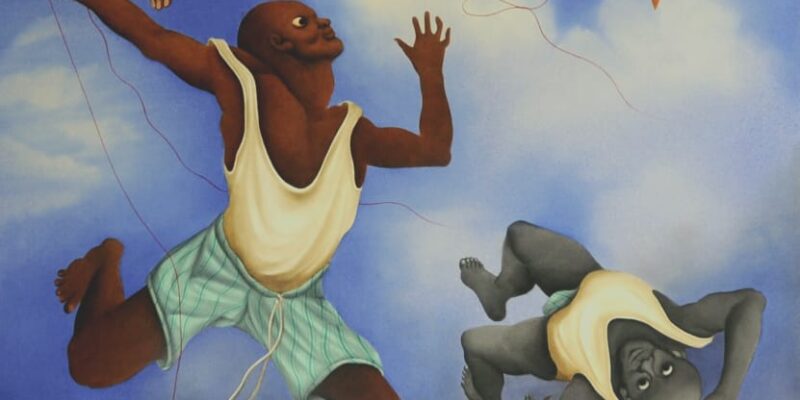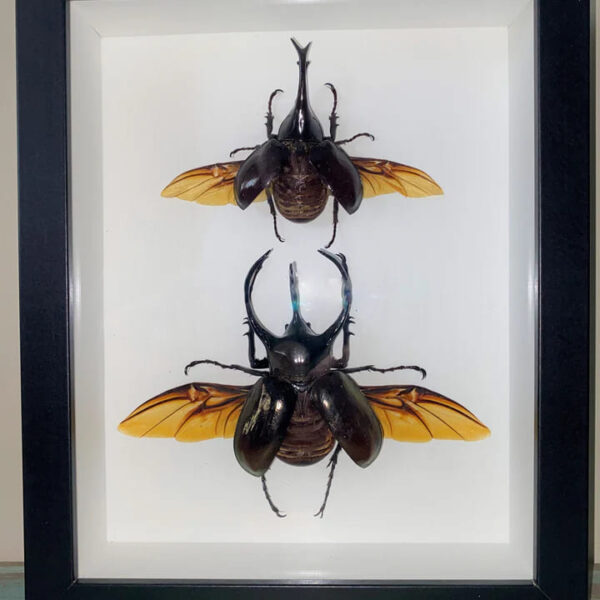
Abstract art, with its emphasis on color, form, and texture over representation, has profoundly influenced a variety of creative fields beyond traditional painting. From architecture and fashion to music and digital design, abstract art’s exploration of non-representational forms has inspired new ways of thinking and creating across disciplines. This article explores how abstract art has shaped and enriched other creative domains, fostering innovation and pushing the boundaries of artistic expression.
Abstract Art: A Brief Overview
Before delving into its influence on other creative fields, it’s essential to understand the core principles of abstract art. Emerging in the early 20th century, abstract art sought to move away from depicting the tangible world, focusing instead on the emotional and conceptual aspects of art. Pioneers like Wassily Kandinsky, Piet Mondrian, and Kazimir Malevich laid the groundwork for this movement, emphasizing the use of color, form, and line to convey meaning and evoke emotions.
Architecture: The Fusion of Form and Function
Abstract painting has had a significant impact on architecture, influencing both aesthetic and functional aspects of design. Architects have drawn inspiration from abstract art’s exploration of shapes, lines, and spatial relationships to create innovative and visually striking structures.
Form and Geometry: Abstract art’s emphasis on geometric shapes and clean lines has inspired architects to experiment with unconventional forms and structures. The work of architects like Frank Gehry and Zaha Hadid, known for their fluid, organic forms and innovative use of materials, reflects the influence of abstract art’s geometric and sculptural qualities.
Spatial Dynamics: Abstract art’s exploration of space and perspective has influenced the way architects think about spatial dynamics. Designs that challenge traditional notions of space and perspective, such as Gehry’s Guggenheim Museum Bilbao or Hadid’s Heydar Aliyev Center, showcase the integration of abstract principles to create dynamic, immersive environments.
Fashion: From Runways to Street Style
Abstract art’s impact on fashion is evident in the bold use of color, patterns, and shapes that characterize many contemporary collections. Designers have drawn on abstract art’s emphasis on form and texture to create garments that are not only visually stunning but also innovative in their construction and presentation.
Bold Patterns and Colors: Abstract art’s fearless use of color and pattern has influenced fashion designers to explore vibrant, unconventional color palettes and bold graphic prints. Designers like Yves Saint Laurent and more recently, brands like Prada and Gucci, have incorporated abstract elements into their collections, creating looks that are both avant-garde and visually captivating.
Innovative Textures and Materials: Abstract art’s exploration of texture and materiality has inspired fashion designers to experiment with new fabrics, textures, and techniques. The use of unconventional materials and the fusion of different textures can be seen in the works of designers like Alexander McQueen and Rei Kawakubo, who push the boundaries of fashion design through their innovative use of materials and abstract forms.
Music: Rhythms and Harmonies
Abstract art has also influenced the world of music, inspiring composers and musicians to explore new soundscapes and experimental forms. The abstract nature of music, with its focus on rhythm, harmony, and texture, parallels the principles of abstract visual art, leading to innovative compositions and performances.
Experimental Composition: Abstract art’s emphasis on form and structure has influenced composers to experiment with unconventional musical structures and compositions. The works of avant-garde composers like John Cage and Steve Reich, who incorporate elements of randomness, repetition, and minimalism, reflect the influence of abstract art’s focus on texture and form.
Visual and Musical Synergy: The collaboration between visual and musical artists has led to innovative performances and installations that blend sound and visual art. Events like multimedia performances and installations, such as those by composer and artist Laurie Anderson, demonstrate the synergy between abstract art and music, creating immersive experiences that transcend traditional boundaries.
Digital Design: Pixels and Code
In the digital realm, abstract art has influenced the development of innovative design techniques and aesthetics. The principles of abstraction, with their focus on color, form, and spatial relationships, have inspired digital artists and designers to create visually striking and conceptually rich works.
Generative Art: The use of algorithms and code to create abstract digital art has led to the rise of generative art, where computer-generated patterns and forms are created through mathematical processes. Artists like Casey Reas and Ben Fry have pioneered this field, using code to create complex, abstract visuals that challenge traditional notions of art and creativity.
Interactive Design: Abstract art’s exploration of form and space has influenced the development of interactive design, where users engage with digital art through motion, touch, and sound. Interactive installations and virtual reality experiences, such as those by artist team Random International, use abstract principles to create immersive, interactive environments that invite viewers to explore and interact with the artwork.
Literature and Film: Narrative and Imagery
Abstract art’s impact extends to literature and film, where its principles of abstraction and non-linear storytelling have influenced narrative techniques and visual styles. Writers and filmmakers have drawn on abstract art’s focus on form and symbolism to create works that challenge conventional narratives and explore new modes of expression.
Non-linear Narratives: Abstract art’s rejection of traditional forms has influenced writers and filmmakers to explore non-linear narratives and fragmented storytelling. The works of authors like James Joyce and filmmakers like David Lynch, who use abstract imagery and non-linear structures, reflect the influence of abstract art’s focus on form and symbolism.
Visual Symbolism: The use of abstract imagery and symbolism in literature and film has created new ways of visual storytelling. Films like Stanley Kubrick’s “2001: A Space Odyssey” and works of literature by authors like William Faulkner utilize abstract elements to create complex, multi-layered narratives that engage viewers and readers on both intellectual and emotional levels.
Conclusion
The influence of abstract art on other creative fields is a testament to its enduring power and versatility. By challenging conventional forms and exploring new ways of seeing and thinking, abstract art has inspired innovation and creativity across disciplines. From architecture and fashion to music, digital design, literature, and film, abstract art’s impact continues to shape and enrich the creative landscape, encouraging artists and creators to push the boundaries of their craft and explore new frontiers of expression. As we move forward, the legacy of abstract art will undoubtedly continue to inspire and influence the evolution of creative practices, fostering a dynamic and ever-evolving artistic landscape.
What's your reaction?
Excited
0 Happy
0 In Love
0 Not Sure
0 Silly
0









